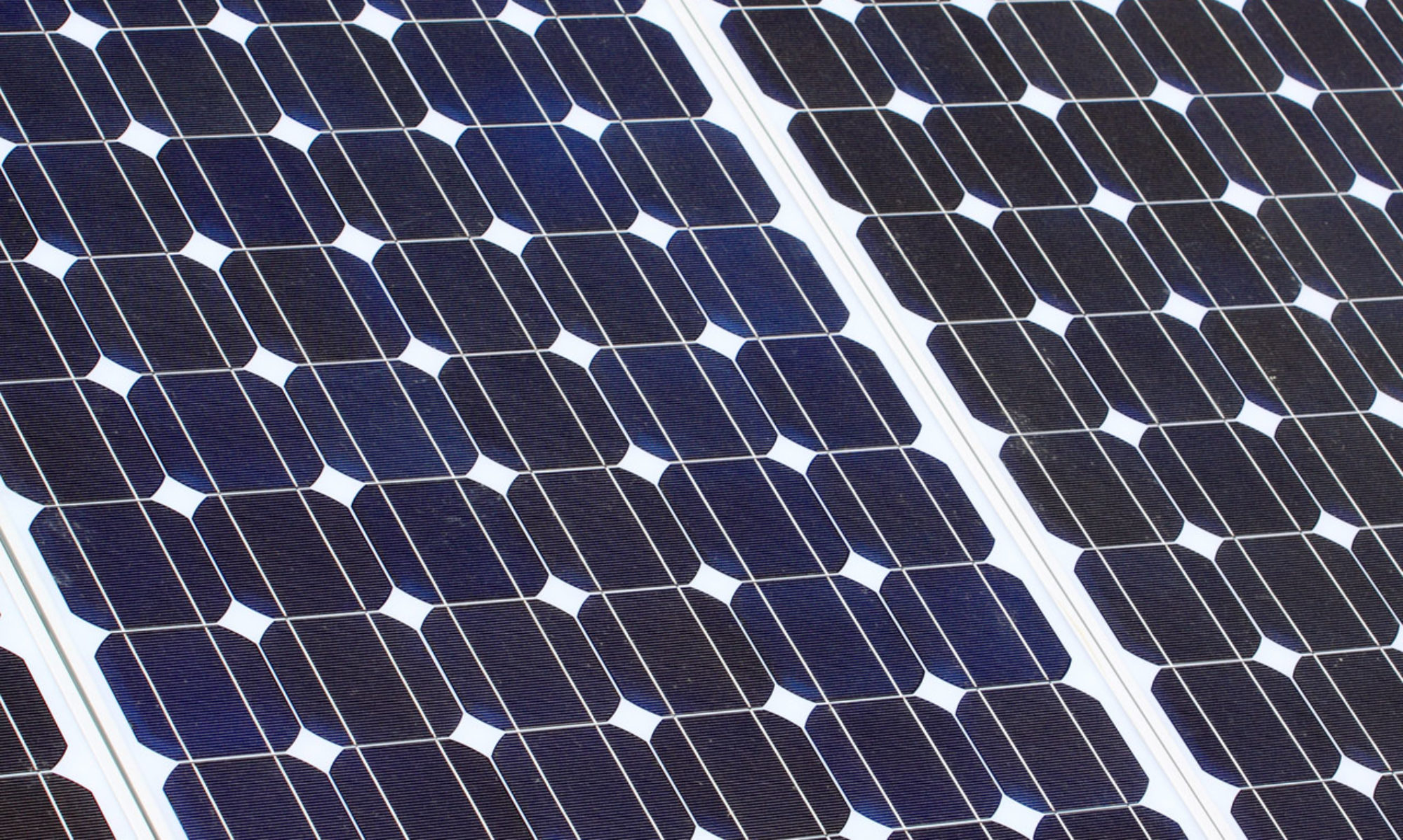It has become more and more apparent that fossil fuels do not represent a source of energy that is a long term solution to the planet’s energy requirements. Firstly there is a finite amount of fuel such as coal and oil available – there can be no doubt that these will run out in the medium to long term – no matter how efficient technology and scientific progress becomes. Secondly – the burning of fossil fuels is doing quantifiable damage to the Earth’s ecosystems. Should this damage continue at the current rate it is likely that the planet will become unable to sustain life – at least as we recognize it today.
It has, therefore, become increasingly necessary that Electricians in Renewable Energy different types of renewable energy sources form the foundation of mankind’s efforts to advance – while at the same time protecting the natural resources of the planet. So if one takes a look at the different types of renewable energy sources that current technology has made available are there considerations around which of these shows the most promise?
One of the most promising and fast maturing renewable energy technologies that are today available is solar energy. The use of solar energy has a number of advantages – many of those due to the fact that technology has been maturing as far as efficiency is concerned for decades. Costs for individual consumers, as well as industry and business, have also been steadily decreasing as that technology becomes more efficient at both gathering and storing solar power. However, it must be said that even though the costs of using solar power have been decreasing it still remains fairly pricey for the individual (for example for home use). This is one of the major reasons that governments that are pushing for the use of solar still must provide incentives and subsidies to consumers in order to get a building and pest inspections Brisbane to promote home use.
Solar also has limitations as far as the geography where it can be used. In areas on the world that have long periods of daily darkness – or where weather conditions are not favorable solar has limited capacity to generate power. There is also the consideration that although storage has come on in leaps and bounds it is not yet at the point where storage capacity is sufficient to cope with extended periods where the solar cells are not receiving sufficient sunlight.
Another technology that has received both enormous amounts of funding – and has seen rapid advances in technology is wind power generation. There are a number of large wind farms that have been established in countries like the United States and across Europe. It has been recognized as one of the cheapest alternatives to the use of fossil fuels. However, there are still limitations to how useful wind power can be. Opposition to what many see as an eyesore has prevented the more widespread use of turbines – and there are still concerns about environmental impact. There is also another caveat. The latest studies indicate that even during the useful lifecycle of a turbine it will not generate sufficient power to make up for the amount of energy that it takes to manufacture and install the turbine. Although this requires more study – it has raised some red flags.
Hydroelectric power shows great promise and is in widespread use – however, this does depend largely on the availability of water sources – and in a rapidly changing environment that is becoming problematic. Other alternatives include geothermal power – but again this depends largely on the conditions in specific areas – and it seems unsuitable for large scale global use – at least until the technology matures further.
The principle of using different types of renewable energy sources is not only worthy of further study – it is an imperative for the survival of not only the human species – but for every other species on the planet. It is clear that we need to devote further resources to perfecting the technologies involved in the generation of power from sustainable sources.
